Intentar ORO - Gratis
CLEAR AS FOLK
The New Yorker
|April 14, 2025
The evolution of a punk troubadour.
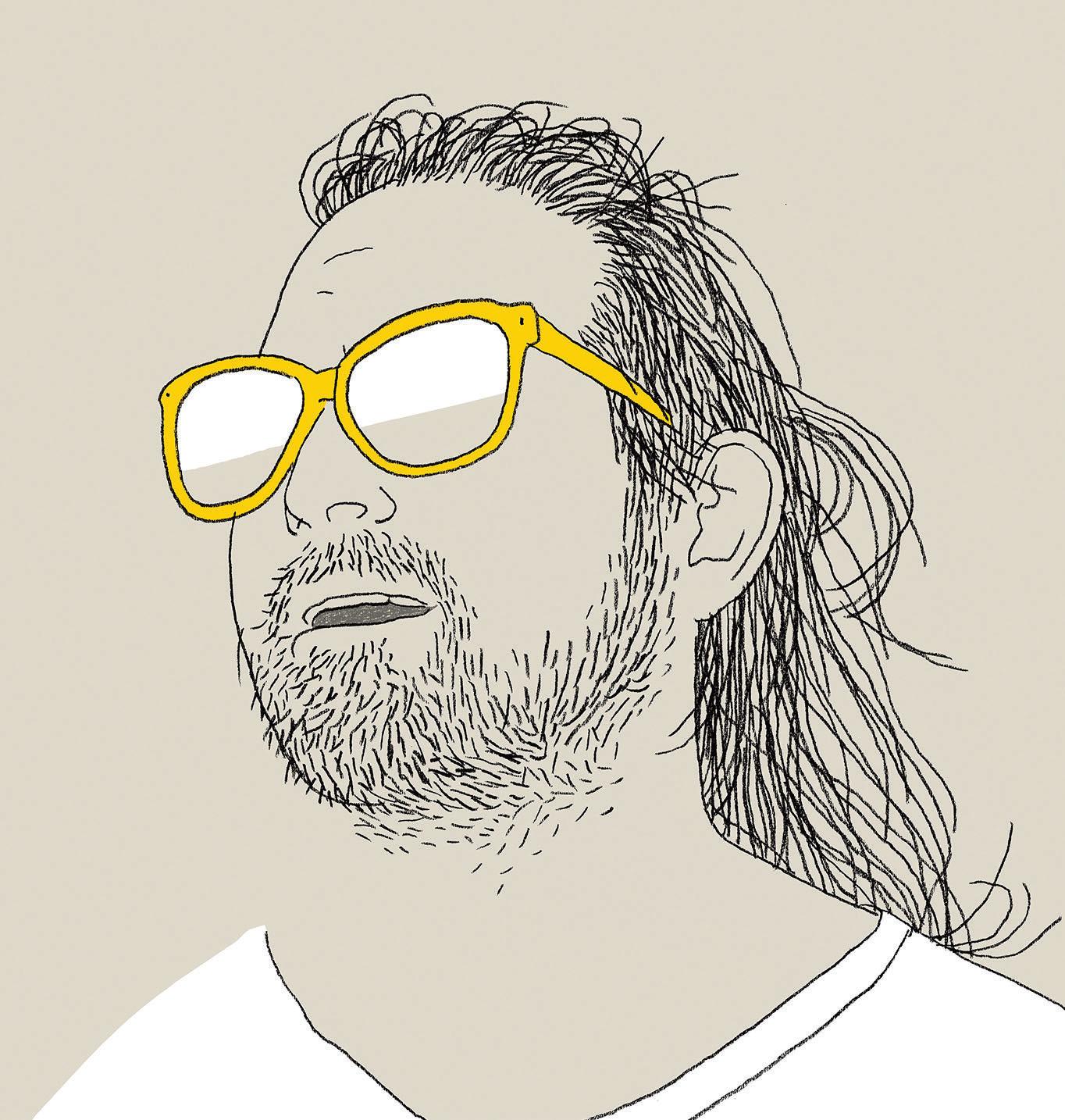
Patrick Schneeweis was never the voice of a generation, but perhaps he was the voice of a tendency. To a small but fervent and far-flung community of listeners, he was known as Pat the Bunny, an anarchist punk troubadour from Vermont whose desperate—and sometimes bleakly funny—folk songs were about young people who wanted to smash the system, although they often settled for getting smashed themselves. In one of them, “Fuck Cops,” he yawped about how everything was going to hell:
When I dream of the future, I see an arm full of holes
Empty pockets, and a bleeding nose Hacking up a lung filled with blood and tar
On a sidewalk next to my spangeing jar
Starting in the early two-thousands, Schneeweis began to build an audience. His songs circulated on burned CDs and through primitive file-sharing sites; he played gigs at house shows and in parks, where dozens or even hundreds of fans would show up to sing along. Most of those fans surely knew, some from firsthand experience, that “spange” is a portmanteau of “spare” and “change,” and that “spangeing” is a way to survive without doing something as indefensible as getting a job.
Schneeweis sang to and for the kind of young people you might see sitting in a park or on a sidewalk, with face tattoos and skinny dogs and bulging backpacks. This version of “punk” identity, like many others, combined idealism and cynicism, and Schneeweis knew how paradoxical the combination could be. “I’m not a nihilist/I just can’t pledge allegiance to shit,” he once sang.
Esta historia es de la edición April 14, 2025 de The New Yorker.
Suscríbete a Magzter GOLD para acceder a miles de historias premium seleccionadas y a más de 9000 revistas y periódicos.
¿Ya eres suscriptor? Iniciar sesión
MÁS HISTORIAS DE The New Yorker
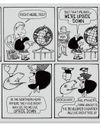
The New Yorker
THE MAGIC OF “MAFALDA”
How an Argentinean comic strip became an international phenomenon.
11 mins
July 07 - 14, 2025 (Double Issue)
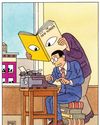
The New Yorker
BY THE BOOK
What we learn from reading the fiction touted in our début issue.
13 mins
July 07 - 14, 2025 (Double Issue)
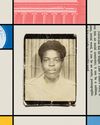
The New Yorker
THE STORY PART
Student days and a search for community.
19 mins
July 07 - 14, 2025 (Double Issue)

The New Yorker
THE SILENCE
A great silence opened up inside her. But that made it sound more dramatic than it was. It happened by degrees, creeping up slyly. And at times, in certain places and situations, it was expected and welcome—on a long walk, or when a person confessed something pitiful, or at a funeral or a party. In all those places, where once she'd had a lot to say—too much, honestly—now there was this silence and she became a far better listener. Not consciously, that was just one of the consequences. It wasn't a Zen silence or an enlightened silence or anything she'd worked to achieve. It was only a sort of blank. Once, on a mini-break, she'd spotted a sentence graffitied on a bridge in Paris: “The world is everything that is the case.” (It was written in English and stuck in her mind.) The silence felt like that: it spoke for itself. But it could also offend and disappoint others, the same way the world itself never seems enough for some people. It was no use on big family occasions, for example, or when one of her adult daughters called her name from another room, or if someone at work asked for her view on the news of the day. It could make other people feel awkward. But when she was alone with it, whenever it coincided with her own long-standing habit of looking upward into the branches of trees—then it didn't really bother her at all.
23 mins
July 07 - 14, 2025 (Double Issue)
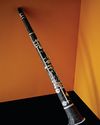
The New Yorker
THE COMEDIAN
My father worked nights as the desk attendant at a cheap hotel downtown. It was a thankless job behind bulletproof glass, which was all he had to shield him from demented drunks and screeching prostitutes, from seven in the evening until four in the morning, the poor man.
24 mins
July 07 - 14, 2025 (Double Issue)

The New Yorker
IS IT THE PHONES?
The tantalizing power of the theory that screens are harming teens.
13 mins
July 07 - 14, 2025 (Double Issue)

The New Yorker
THE END OF THE ESSAY
What comes after A.I. has destroyed college writing?
25 mins
July 07 - 14, 2025 (Double Issue)

The New Yorker
EASY MUSIC
How Elmore Leonard perfected his style.
23 mins
July 07 - 14, 2025 (Double Issue)
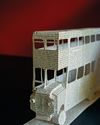
The New Yorker
JUBILEE
A wooden ruler with the etched faces of Henry VIII's six wives running down the middle; ticket stubs from Hampton Court and the Chamber of Horrors, where we walked ahead of our mothers, hand in hand; a few wrappers of Dairy Milk.
34 mins
July 07 - 14, 2025 (Double Issue)
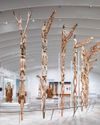
The New Yorker
PRIDE AND PROVENANCE
The Met's new Rockefeller Wing daxxles—and whispers, “Finders, keepers.”
6 mins
July 07 - 14, 2025 (Double Issue)
